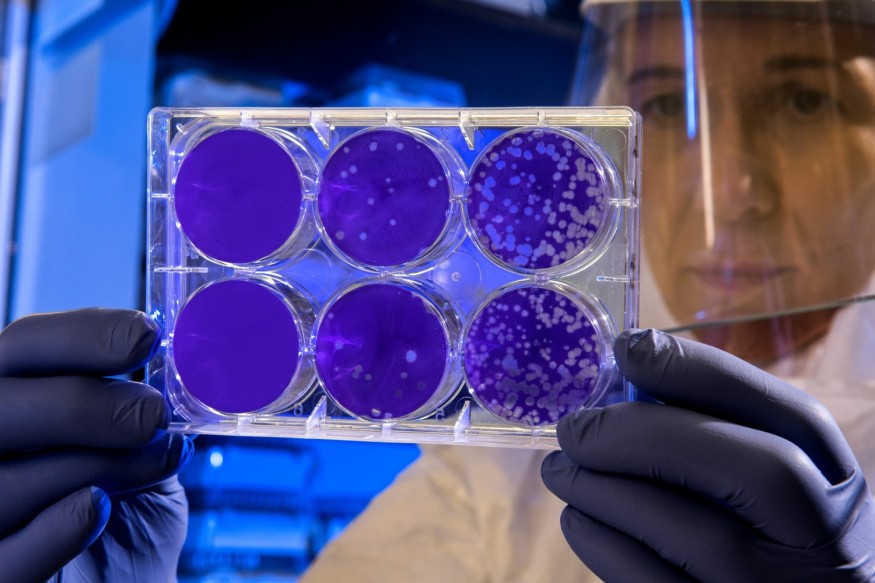The average lifespan of a bacterium is around 12 hours or so. However, some populations of the hardest bacteria may be capable of living up to 100,000 years, or at least that is what a new study suggests.
Scientists from Indiana University concocted an experiment by starving different groups of bacteria for over two and a half years to better understand its durability.

They examined 100 populations of bacteria, representing 21 different taxa, in an 'effectively closed system' for 1000 days without food, or any access to a food source that can sustain them.
Upon opening and checking back, the researchers found that the populations of bacteria did decline at first, but almost all remained intact until the 1000th day of having no food.
Survival of the Fittest
The starving bacteria's population not changing much could be associated with the slowdown of its biological process, which means they used less energy to survive longer. Some groups were stable as time goes, some turned into spores to adapt to the unfavorable condition in an extended period of time, while other groups turned to cannibalism and fed off from their neighbors that did not survive in the initial starvation.
Scientists believe the latter with the 'pile of necromass' contributes the greatest to the bacteria's longevity, among other factors.
To further cover what the remaining population of bacteria can do, the team used the rate of their decline to estimate how long they could theoretically survive. Their findings show that "the hardiest groups in their study could live as long as the oldest plants and animals known to exist, if they had to hunker down in similarly desolate environments-up to 100,000 years or more."
"Although bacteria have the capacity to reproduce on timescales of minutes to hours, we predict that populations can persist for hundreds to thousands of years," the authors wrote in their study.
Bacteria are known to have an incredibly fast reproductive cycle which trades off their short lifespan, making the discovery even more unique.
Ancient Bacteria in Real World
Some scientists have claimed real-world evidence of this longevity in isolated environments like crystallized salt deposits or permafrost, where ancient bacteria lived on for 120,000 years to over 200 million years. In 2020, Japanese scientists resurrected microbes from more than 100 million years deeply buried in seabed sediment.
"The larger question of how bacteria survive long periods of energy limitation is relevant to understanding chronic infections in humans and other hosts, and is related to how some pathogens tolerate drugs like antibiotics," said study author Jay Lennon, a biology professor at Indiana University's College of Arts and Sciences.
Earlier studies have shown that bacteria can survive even in the harshest conditions, including around undersea vents that are devoid of oxygen. The recent findings could shed light to how bacteria in general hibernate and survive that may be proven useful in extinguishing bad bacteria that causes sickness.
© 2025 NatureWorldNews.com All rights reserved. Do not reproduce without permission.





